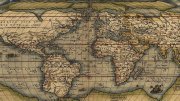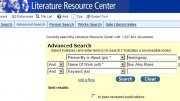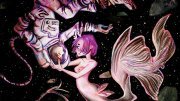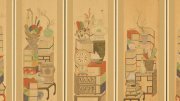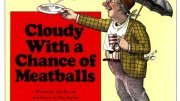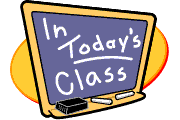 Literature circles are one of the hottest trends in language arts teaching. Two experts in the field offer insights and advice about using this instructional strategy. Included: Valuable resources for teachers who want to learn more about using literature circles in their classrooms.
Literature circles are one of the hottest trends in language arts teaching. Two experts in the field offer insights and advice about using this instructional strategy. Included: Valuable resources for teachers who want to learn more about using literature circles in their classrooms.
"I love it! The kids love it! I get goose bumps when I walk around the room and hear the excitement about books!" wrote one teacher in a recent listserv posting. That teacher was writing about literature circles, one of the most popular trends in language arts instruction.
Katherine L. Schlick Noe, Ph.D., associate professor at the School of Education at Seattle University, told Education World why this teaching approach is so effective: "Literature circles offer students a chance to be readers and writers, to apply the literacy skills that they are learning."
Noe, who has studied and worked extensively with literature circles, has compiled The Literature Circles Resource Center. She is also the coauthor, with Nancy J. Johnson, of Getting Started With Literature Circles (Christopher-Gordon Publishers, 1999) and the coeditor, with Bonnie Campbell Hill and Nancy J. Johnson, of Literature Circles and Response (Christopher-Gordon Publishers, 1995).
WHAT ARE LITERATURE CIRCLES?
According to Harvey Daniels, author of the book Literature Circles: Voice and Choice in the Student-Centered Classroom (Stenhouse Publishers, 1994), literature circles are small, temporary discussion groups of students who have chosen to read the same work of literature. Each member agrees to take specific responsibilities during discussion sessions. The circles meet regularly, and the discussion roles change at each meeting. When the circle finishes a book, the members decide on a way to showcase their literary work for the rest of the class.
Daniels points out that community book-discussion groups, which have become popular across the United States, follow the same format. He adds, however, "the formalized, in-school version of this activity is barely a decade old."
DISCUSSION ROLES
Daniels believes in introducing literature circles by using predefined roles that students take turns fulfilling. Although the terminology used to name the roles may vary, the descriptions remain similar. Pam Chandler, a sixth-grade English, reading, and social studies teacher at Sequoia Middle School in Redding, California, defines the roles her students take on in literature circles in this way:
- Artful artist uses some form of artwork to represent a significant scene or idea from the reading.
- Literary luminary points out interesting or important passages within the reading.
- Discussion director writes questions that will lead to discussion by the group.
- Capable connector finds connections between the reading material and something outside the text, such as a personal experience, a topic studied in another class, or a different work of literature.
- Word wizard discusses words in the text that are unusual, interesting, or difficult to understand.
Both Chandler and Noe agree that modeling the various roles within a small group in front of the whole class is an effective way of teaching students how those roles allow the group to function. Chandler says that it usually takes one and a half to two weeks for students to learn how to handle the group discussion.
Source: www.educationworld.com
You might also like:
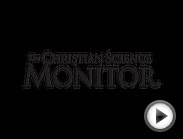
Related posts:

